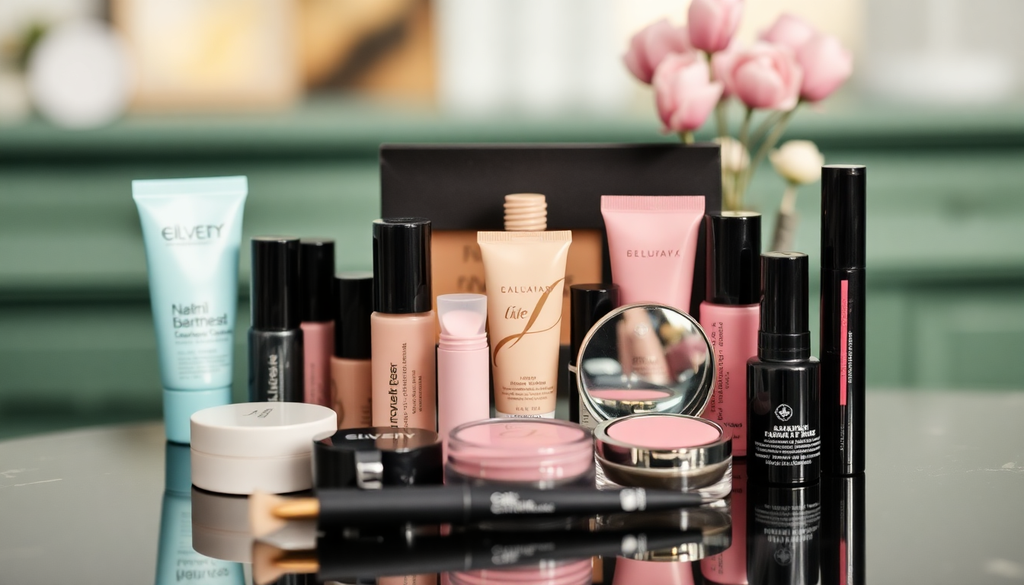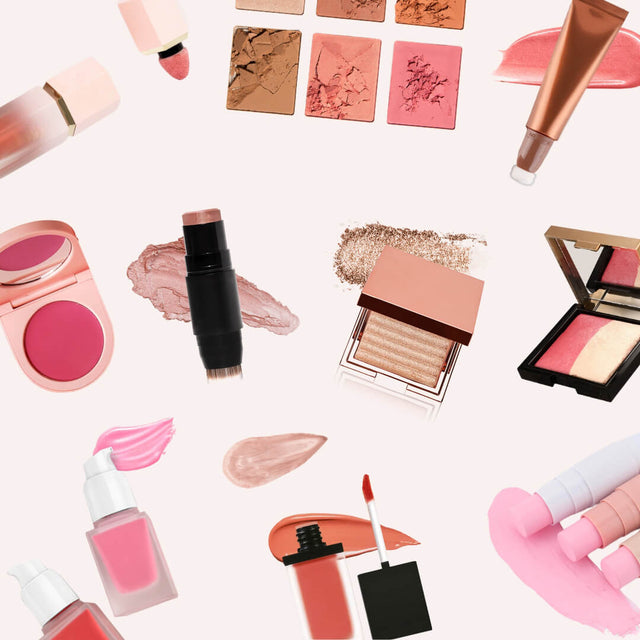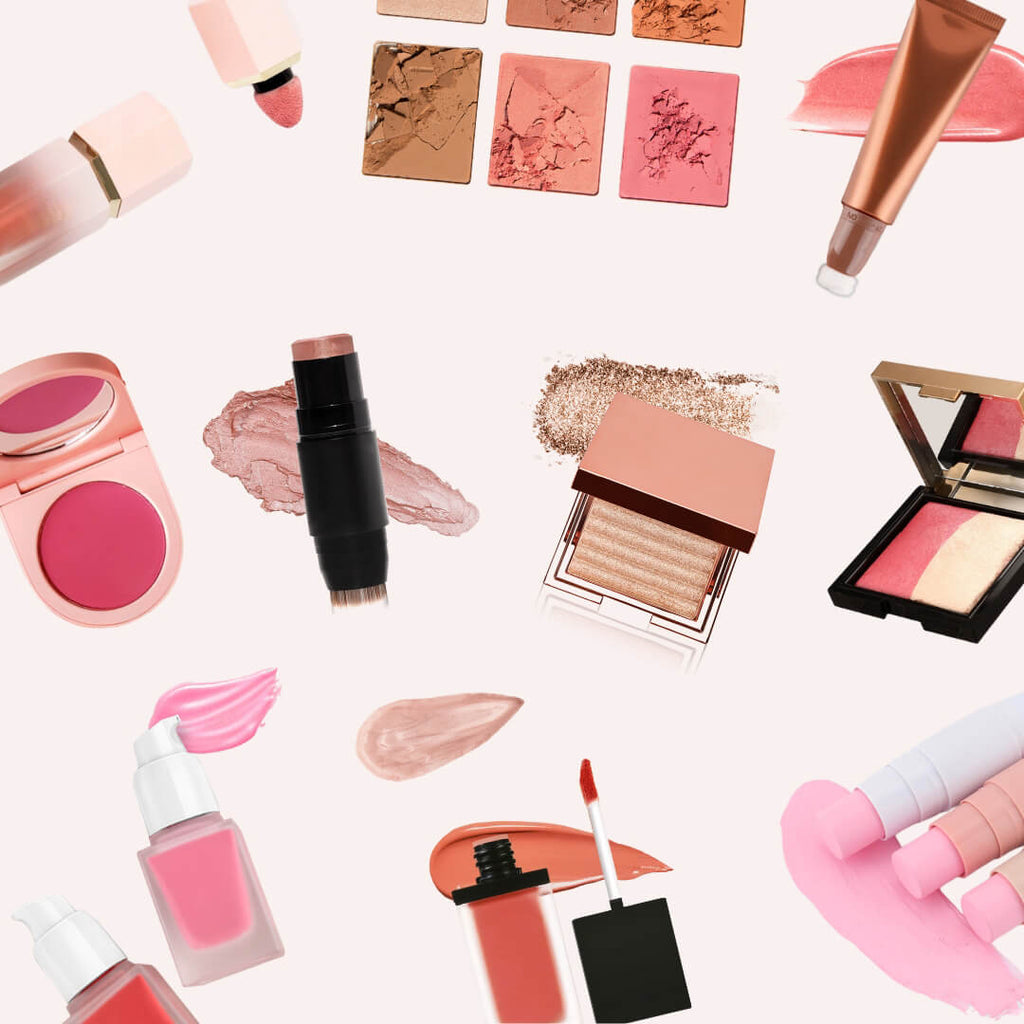
Essential Steps to Launching Your Private Label Makeup Brand: Navigating Global Markets and Custom Packaging in 2025
Introduction
In the ever-evolving landscape of the beauty industry, launching a private label makeup brand in 2025 offers unparalleled opportunities. With consumers increasingly seeking unique, high-quality products tailored to their preferences, this guide will help you navigate the essential steps to establish a successful makeup brand. From understanding global markets and import regulations to creating custom packaging and effective marketing strategies, every detail matters in building a brand that resonates with your target audience.
1. Understanding Global Markets
The first step in launching your private label makeup brand is to understand the diverse global markets. Each region presents unique challenges and benefits that can influence your business strategy. Here’s a detailed analysis of key markets:
- North America: The U.S. and Canada represent lucrative markets due to their high demand for beauty products. However, companies must comply with stringent regulations enforced by the FDA and Health Canada. Ensure that your products adhere to guidelines regarding ingredient safety, labeling, and claims. Additionally, consider the cultural diversity in these markets and tailor your products to cater to different demographics.
- European Union: The EU is a significant player in the beauty market, with consumers prioritizing safety and sustainability. The Cosmetic Regulation (EC) No. 1223/2009 outlines strict safety and labeling requirements. Conduct safety assessments for your products and register them through the Cosmetic Product Notification Portal (CPNP). Keep in mind the increasing demand for clean beauty products, which are formulated without harmful chemicals.
- Asia-Pacific: This region is home to some of the fastest-growing markets in the beauty industry, particularly in countries like South Korea and Japan. Consumers here are trend-savvy and often seek innovative products. Familiarize yourself with local regulations, such as the Korean Ministry of Food and Drug Safety (MFDS) requirements. Be aware that K-beauty trends, including multi-step skincare routines and unique product formulations, heavily influence the market. Engaging local influencers can also help establish your brand.
- Latin America: The beauty market in Latin America, particularly in Brazil and Mexico, is booming. Consumers are increasingly looking for cruelty-free and vegan options. It's essential to understand local import regulations and certifications, as well as consumer preferences for vibrant colors and bold styles. Collaborate with local experts to tailor your marketing approach effectively.
- Middle East: The Middle Eastern market is rapidly expanding, driven by a young, affluent population. In countries like the UAE and Saudi Arabia, luxury beauty products are in high demand. However, cultural considerations are vital. Ensure that your products align with local customs and preferences, and consider collaborating with local beauty influencers who can navigate the market effectively.
2. Navigating Import Policies and Certifications
Once you have identified your target markets, the next step is to navigate their import policies and obtain necessary certifications. This process can be complex, but understanding the following elements will simplify it:
- Customs Tariffs: Research the customs tariffs for cosmetics in your target countries. Tariffs can vary significantly and impact your pricing strategy. Consider working with a logistics expert to optimize your supply chain.
- Product Certifications: Obtain relevant certifications such as cruelty-free, vegan, organic, or halal, depending on your target market. These certifications can enhance your brand’s credibility and appeal to conscious consumers.
- Documentation Requirements: Ensure you have all necessary documentation, including ingredient lists, safety assessments, and labeling information. Missing documentation can lead to delays in customs clearance.
- Compliance Consultants: Hiring a compliance consultant can help ensure that your products meet all regulatory requirements and facilitate the certification process. Their expertise can save you time and prevent costly mistakes.
3. Setting Up Your Makeup Online Store
In today’s digital age, establishing a robust online presence is crucial for your makeup brand. Here’s how to effectively set up your online store:
- Choose the Right E-commerce Platform: Select an e-commerce platform that aligns with your brand's needs. Popular options include Shopify, WooCommerce, and BigCommerce. Look for features that support beauty brands, such as customizable themes and easy inventory management.
- Design an Engaging Website: Your website is often the first interaction consumers have with your brand. Use vibrant colors, high-quality images, and clear product descriptions to create an inviting experience. Implement user-friendly navigation to ensure customers can easily find what they are looking for.
- Implement SEO Strategies: Optimize your website for search engines by incorporating relevant keywords related to your products and the beauty industry. Create quality content, such as blog posts and tutorials, to attract organic traffic and improve your site's ranking.
- Mobile Optimization: Since a significant portion of online shopping is done via mobile devices, ensure your website is mobile-friendly. A responsive design will enhance the user experience and increase conversion rates.
- Payment and Shipping Solutions: Offer multiple payment options to accommodate various customer preferences. Additionally, plan your shipping strategy, including international shipping options and clear return policies to enhance customer satisfaction.
4. Custom Packaging Solutions
Custom packaging is a vital aspect of your brand identity and can significantly influence consumer purchasing decisions. Consider the following trends for 2025:
- Sustainable Packaging: With consumers becoming more environmentally conscious, opting for eco-friendly packaging materials is essential. Consider using biodegradable, recyclable, or reusable packaging. Highlight your sustainability efforts in your marketing campaigns to attract eco-conscious customers.
- Personalization: Offering personalized packaging options can create a unique shopping experience. Consider allowing customers to add their names or choose from various designs. Personalization fosters a deeper connection with your brand.
- Innovative Designs: Unique and eye-catching packaging can set your products apart on retail shelves and online marketplaces. Collaborate with talented designers to create packaging that reflects your brand's ethos and appeals to your target demographic.
- Functional Packaging: Beyond aesthetics, consider the functionality of your packaging. Ensure that it protects the product during transit and allows for ease of use. Packaging that enhances the user experience can lead to positive reviews and repeat purchases.
5. Marketing Your Makeup Brand
Effective marketing is crucial for gaining visibility and building a loyal customer base. Here are some innovative marketing strategies to consider:
- Influencer Collaborations: Partnering with beauty influencers can significantly extend your reach. Choose influencers whose values align with your brand and who have an engaged following. Collaborations can take the form of product reviews, tutorials, or exclusive giveaways.
- Social Media Engagement: Utilize platforms like Instagram, TikTok, and Pinterest to showcase your products. Create engaging content, such as tutorials, behind-the-scenes looks, and user-generated content, to build a community around your brand. Use hashtags strategically to increase discoverability.
- Content Marketing: Develop a blog that provides valuable content related to makeup trends, application tips, and product information. This not only positions your brand as an authority in the beauty industry but also improves your SEO efforts.
- Email Marketing: Build an email list to keep your customers informed about new product launches, promotions, and exclusive offers. Personalized emails can enhance customer engagement and drive repeat purchases.
- Virtual Events and Webinars: Hosting online events, such as makeup tutorials or Q&A sessions with beauty experts, can create a sense of community and engagement around your brand. This also provides an opportunity to showcase your products in action.
6. Staying Ahead of Industry Trends
The beauty industry is dynamic, with trends shifting rapidly. To stay competitive, keep an eye on emerging trends that can influence your brand:
- Clean Beauty: The demand for clean beauty products continues to rise, with consumers seeking transparency in ingredient sourcing. Consider formulating products that are free from harmful chemicals and clearly communicate your ingredient philosophy.
- Inclusivity: Brands that embrace diversity and inclusivity in their product offerings and marketing campaigns resonate with a broader audience. Ensure your makeup range caters to various skin tones and types.
- Technology Integration: Explore the use of augmented reality (AR) and virtual try-on technologies, allowing customers to visualize products before purchase. This can enhance the online shopping experience and reduce return rates.
- Subscription Services: Consider offering subscription boxes that allow customers to receive curated products regularly. This model can increase customer loyalty and provide a steady revenue stream.
Conclusion
Launching your private label makeup brand in 2025 requires careful planning and strategic execution. By understanding global markets, navigating import regulations, establishing an engaging online presence, and embracing innovative marketing strategies, you can create a brand that stands out in a competitive landscape. Stay attuned to industry trends and consumer preferences, and your makeup brand will be well-positioned for success in the dynamic beauty industry.
Delen

Navigating the Global Makeup Business: Essential Steps for Launching Your Brand with Custom Packaging and Compliance in 2025



